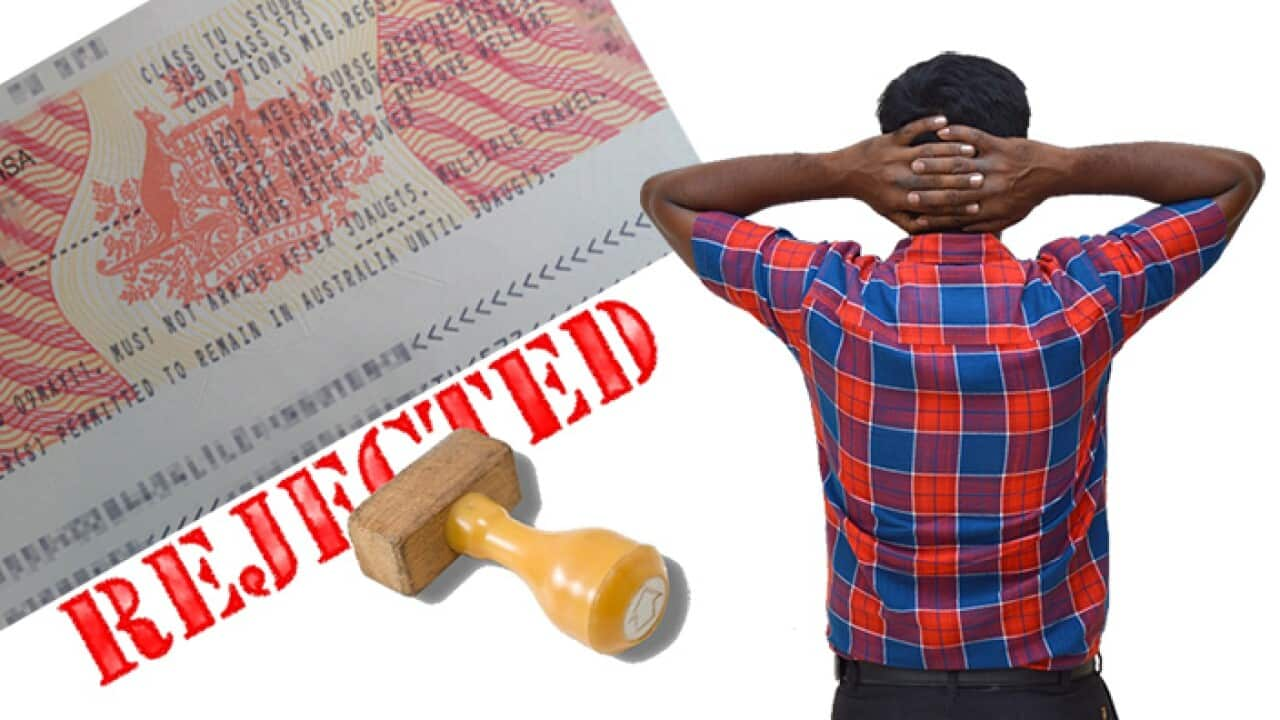Highlights
- 154,000 permanent residency visas granted in 2019-20
- Net Overseas Migration (NOM) to fall to 31,000 in 2020-21
- Eligible New Zealanders will be encouraged to take up Australia’s permanent residency
Borders are not opening anytime soon and this is predicted to have a direct impact on Australia's migrant intake.
Treasurer Josh Frydenberg on Thursday morning gave the federal government's economic update, revealing net overseas migration (NOM) is assumed to fall by a massive 80 per cent in 2020-21, compared to last financial year.
The size and composition of the Migration program is set each year through the Australian Government’s Budget process.
The delivered on Thursday, ahead of the Budget to be delivered on 6 October 2020, revealed Australia’s net overseas migration will fall from 154,000 in 2019-20 to merely 31,000 in 2020-21.
‘The Government implemented international travel bans in March 2020. This prevented all arrivals on visitor and temporary migration visas and prevented Australian citizens and permanent residents from departing Australia,’ the document reads.
It further states net overseas migration ‘is assumed to fall from 232,000 in 2018-19 to be 154,000 in 2019-20 and 31,000 in 2020-21.’
The government said the numbers will be significantly affected by international travel restrictions and constraints on the ability of applicants to meet visa application requirements.
‘Between July and December 2020, only citizens, permanent residents, New Zealanders and a small number of international students are assumed to be able to travel to Australia, based on announced policy to date.
‘From 1 January to 30 June 2021, it is assumed that the travel ban is lifted, but that a two-week quarantine period is required of arrivals to Australia. This leads to the resumption of arrivals by temporary and permanent migrants, but at lower levels overall than normal,’ the government predicted.
Net overseas migration takes into account how many people enter Australia and stay for more than 12 months, compared to how many people leave the country for the same period.
READ MORE

Biggest source of migrants revealed
The top ten citizenship countries of migrants:
Migrants crucial to post-COVID-19 economic recovery
Mark Glazbrook, a registered migration agent based in Adelaide explains with NOM dropping, the permanent migration program, which is yet to be announced for this year, is also likely to be impacted.
"With NOM anticipated to be around 31,000, it is likely that the permanent program will also be reduced from 160,000 or that the 160,000 total will be a soft target and actual permanent visa grants [could be] closer to 100,000," Mr Glazbrook said.
He says cutting down on immigration will adversely affect the economy, especially the businesses in regional Australia.
‘Now is not the time to be reducing migration to Australia as there are many key and critical industry sectors that are unable to address current and future workforce needs,” Mr Glazbrook told SBS Hindi.
“This may not be a problem in big capital cities, however, it has been a long-term concern for regional, rural, remote and low population growth jurisdictions of Australia,” he said.
He urged the government to consider the cons of low immigration rates.
“As we continue to head into uncertain times it is important that our State and Federal leaders and decision-makers remember that visas and migration is more than just population growth. It is important that our future migration programs are considered in the broader context of ageing, unemployment, the demographics of our workforce and population base, productivity, fertility, economic activity, employment and training, current and future workforce demand, business sustainability, international student enrolments, regional depopulation and Net Interstate Migration (NIM) loss as all of these metrics will be impacted in either a positive or negative way depending on the future structure and settings of the migration program, in particular, Australia’s regional and low population growth programs,” he said.
Abul Rizvi, a former Deputy Secretary of the Department of Immigration, who is currently doing a PhD on Australia’s immigration policies opines government does not have many options at the moment.
"Given the rate of unemployment, there is very little the Government can do about this in the short to medium term," Mr Rizvi told SBS Hindi.
He fears the intake rate could be lower if the borders are kept shut.
"The drop in net overseas migration to 31,000 in 2020-21 is not at all surprising and may, in fact, be even lower if re-opening of international travel takes place later in 2021 rather than from January 2021," he said.
Mr Rizvi suggests it is time to focus on partner and business visas.
"In the short to medium terms, I would suggest the Department focus on clearing the partner backlog - both onshore and offshore and focus on business skills and employer-sponsored visas (temporary and permanent) as these will do the most to assist economic recovery."
COVID-19 impact on temporary visa holders
In response to COVID-19 pandemic, the government has announced a string of changes to certain temporary visas.
Australia to woo New Zealanders to take up permanent residency:
While the world grapples with COVID-19 pandemic, Australia will encourage New Zealanders to become permanent residents.
The government will encourage uptake of the New Zealand Pathway to permanent residency by reducing the income eligibility requirement for the New Zealand stream of the Skilled Independent (subclass 189) visa (the Pathway) and promote the take-up of the Pathway by eligible New Zealand citizens.
‘Eligibility for the Pathway will be extended to Special Category (subclass 444) visa holders who have a taxable income at or above the Temporary Skilled Migrant Income Threshold for at least three of the last five income years, including the most recent year,’ the document said.
‘The Government will also provide clearer public information on the Pathway, undertake an advertising campaign and contact potential applicants to promote take- up.’
Changes to student and temporary graduate visas:
The Government said to ensure that COVID-19 and related travel restrictions did not unduly affect international students and their eligibility for post-study work visas, they have waived the visa application charge for Student visa (subclass 500) holders who are required to lodge a further Student visa application to complete their studies or to remain in Australia as a result of travel restrictions.
‘International students and recent graduates who are eligible for a Temporary Graduate visa (subclass 485) and [are] unable to travel to Australia will also be allowed to apply while offshore.’
Changes to temporary visas to support the agricultural workforce:
The Government said they had made temporary changes to allow temporary visa holders currently working in the agricultural sector to continue to work in Australia during COVID-19.
‘Working Holiday Maker (subclass 417 and 462) visa holders currently working in food processing or the agricultural sector will be eligible for a further visa and will be exempt from the six-month work limitation with one employer.
‘Seasonal Worker Program and Pacific Labour Scheme workers, and other visa holders currently in the agricultural sector whose visas are expiring, may have their visas extended for up to 12 months to work for approved employers.’
Support for temporary visa holders for the continuity of essential goods and services:
The Government said it had made temporary changes to certain visa conditions to ensure the continuity of essential goods and services during COVID-19.
Student visa holders (subclass 500) will not be limited to the pre-COVID 40 hour per fortnight work limit in supermarkets (up to 30 April 2020), aged care or disability care.
Student visa holders studying relevant medical courses are also exempt from the 40 hour per fortnight work limit.
‘These temporary measures will be reviewed regularly. Employers will be advised when these measures are scheduled to cease.’
Changes to Working Holiday Maker Visa:
The Government has introduced changes to Working Holiday Maker visas (subclass 417 and 462) to allow construction work, paid and volunteer disaster recovery work in a Local Government Area with a declared natural disaster to be recognised as “specified work”.
‘Working Holiday Makers engaged in disaster recovery work are also able to work for the same employer for up to 12 months.’





